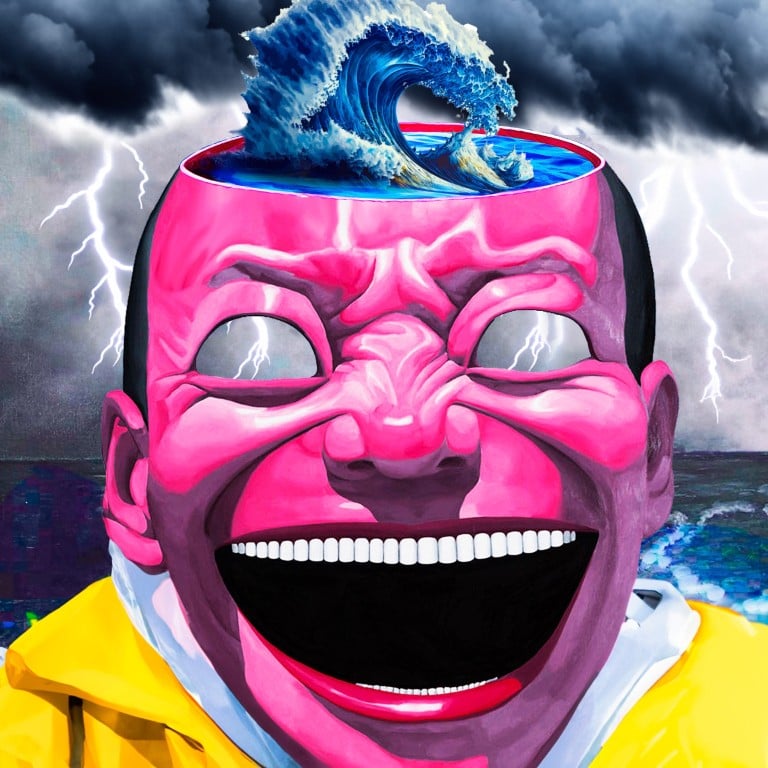Will the NFT art market ever recover? Bored Apes and CryptoPunks cashed in and crashed out when the crypto bubble burst – but there’s still a future for digital art tokens built on the blockchain

- After Beeple’s overnight success, Bored Ape, CryptoPunk and other once-hot art NFTs have tanked since the market’s boom in mid-2021 to mid-2022 – and while bitcoin has coming surging back this year, digital art tokens have not
- ‘Art became an auto-generated aesthetic that pushed the artist out of the project,’ notes the Lumiere Project’s Patrice Poujol, whose film company’s NFTs emphasise ‘real access and real experiences’
Buying, selling and investing in art was suddenly easier and more accessible than it had ever been.

This phenomenon was supposed to thrive regardless of how well the cryptocurrency market was doing. After all, theoretically, if the price of the cryptocurrency used to buy an NFT dropped, it would mean you’d be buying the art at a discount.
The problem is that these technologies have been reappropriated by businessmen to, instead of helping the artist, squeeze them out of the game
“Arthur Hayes [co-founder and former CEO of cryptocurrency exchange BitMex] wrote an article stating that during the crypto bubble, people didn’t make money on the implementation of projects: they made their big 100-times returns based on speculation,” said Dr Patrice Poujol, who launched a Web3 film company, the Lumiere Project, in 2019. “NFTs didn’t quite work because investors didn’t perceive the value that producers thought was there, and prices came crashing back down to Earth.”
